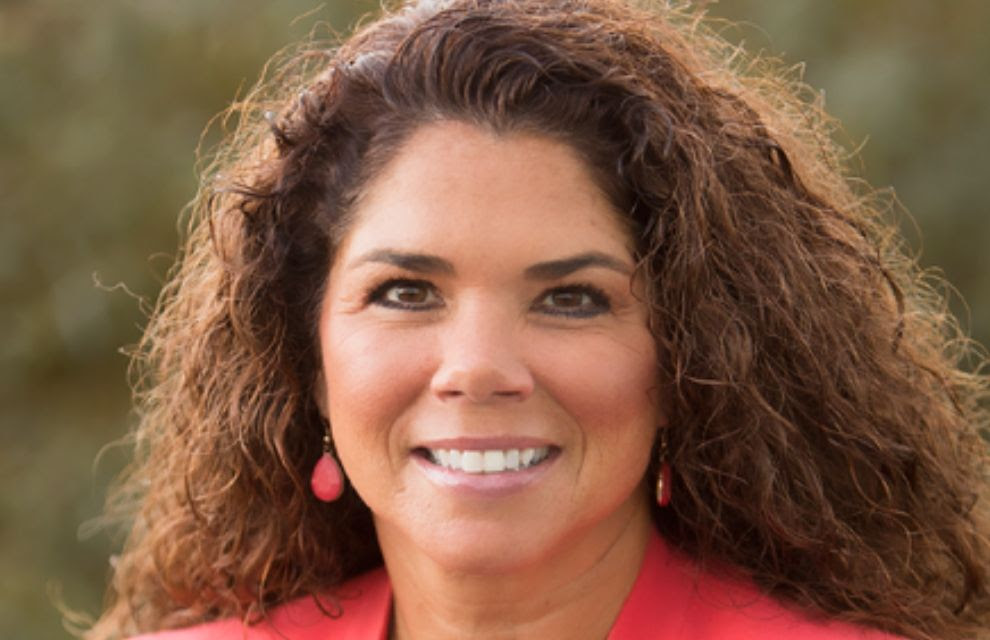Hylant’s Anne Marie Towle explains that as the world faces the current COVID-19 pandemic, organisations are in a stronger position to explore or expand the use of a captive
2020 captives and COVID-19
Captive utilisation has historically been the premier alternative solution for organisations during a hard market cycle. Today, as the world faces the current COVID-19 pandemic crisis and the market continues to tighten, organisations are in a stronger position to explore or expand the use of a captive. Captives may not be a new insurance tool, but as the world shifts, economies grow and shrink, and technology changes the way people operate on a day-to-day basis, the utilisation of captives continues to evolve and expand.
COVID-19: What type of claims could arise?
As companies navigate the COVID-19 pandemic, they should evaluate the potential exposures they may have with their people, assets and customers. Living in these unprecedented times, your business may encounter several issues giving rise to claims.
It’s crucial for organisations to take stock of existing insurance policies that may provide coverage for damages and losses suffered by the company, or potential liability of the company.
Some examples of the exposures which policies may respond include:
• Employee claims against the business
• Workers’ compensation insurance
• Employment practices liability insurance
• Contamination to business property
• Pollution or environmental insurance
• Commercial general liability insurance with pollution/ environmental coverage
• Losses or expenses caused by cybersecurity breaches during work-from-home operations
• Property insurance
• Cyber insurance
• Slowdown or stoppage of business
• Property insurance with business interruption (BI) or “civil authority” coverage (review carefully, many policies will require actual physical damage to property before BI coverage is available)
• Supply chain risk or trade disruption insurance
• Personal injury, and third-party property damage, claims against the business (e.g., alleged negligence leading to virus exposure)
• Commercial general liability insurance
• Errors and omissions liability insurance
• Pollution or environmental insurance
Understanding your coverage within your captive insurance company should begin with consulting your advisors including your broker and captive manager. They will be able to advise of coverage at your primary, excess and reinsurance layers in your captive and facilitate the claim filing and processing with you.
Short- and long-term impacts of COVID-19
In the short term, we will continue to see market increases, particularly with the upcoming 1 July renewal period. With the pandemic wreaking havoc on global markets, people working from home and more people unemployed, organisations are stretched thin and won’t have the capacity to take on large insurance increases.
It is going to be a difficult period upon re-entry into some semblance of normal operations in the short-term. Capacity will be harder to find, and organisations will be forced to take increased retentions.
Longer-term impacts will result in organisations becoming more innovative with their approach to risk. How can they finance and lower their cost of risk? A captive is a shining star which can aid many organisations. Nearly 7,000 captives exist today as a result of innovation by risk managers, CFOs and treasurers around the globe. Organisations will recognise the need to fill gaps in coverage and prepare in a way which they never considered in the past related to virus, pandemics and catastrophe crisis. Captives can step in and aid organisations to better protect themselves.
Captive surplus access
If an organisation has had a captive for some time, it may have built up a surplus from the underwriting profits over the years.
This creates an opportunity to access and possibly return surplus to the parent for use in the operations, particularly with COVID-19 effects on businesses during this crisis. An organisation could tap into this cash to support payroll, rent, etc. as they see fit to continue their operations.
Loan-backs
One manner to gain access to the surplus in a captive is a loan-back. A loan back requires a loan document approved by the regulator in the domicile. It is a straight- forward opportunity to access the surplus upon approval of the regulators. A word of caution, for those organisations taking a US tax deduction for premiums paid to the captive: You must be cognisant of any negative tax implications – it’s crucial to consult with your tax advisors.
Dividends
Another option is to dividend any excess surplus to the parent company. A dividend is common among captive insurance companies and must be approved by the domicile regulator. There may be tax consequences with distributing a dividend, so consult with your tax advisors.
Increasing or expanding coverage
Utilising the excess surplus to increase or expand coverage is an ideal method for many captive owners.
During this time of crisis, it would be a great opportunity to work with your advisors and domicile regulators to expand or add coverage to assist with COVID-19 effects and provide additional coverage which may not be covered through traditional insurance.
Review your existing coverage in the captive and your surplus to determine if you have an opportunity to maximise coverage for your organisation.





